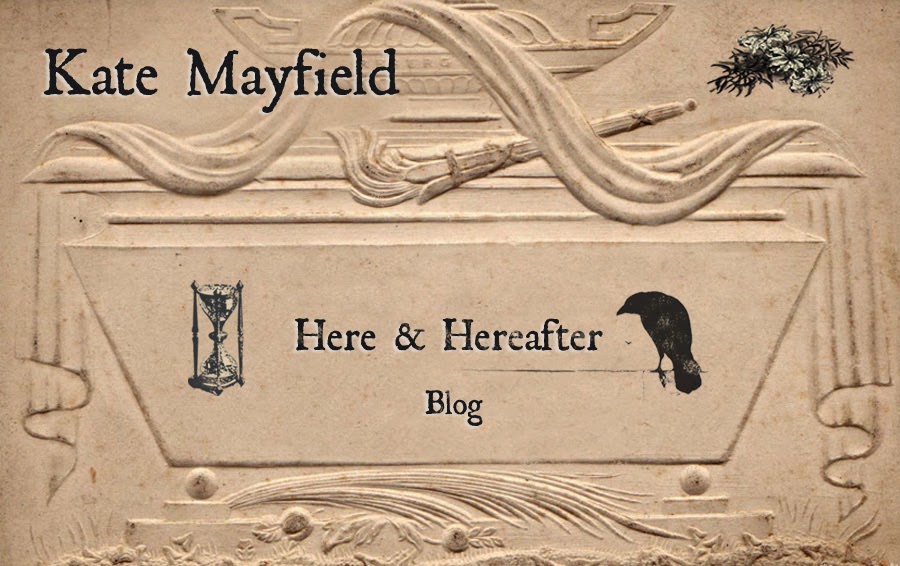
My father’s funeral home sat in the middle of the residential section of Main Street. Ours was an odd little stretch of the street. On one side of us there lived a chiropractor who practised out of an old Victorian house. At that time, our town’s citizens looked upon the field of chiropractic as suspect and related to sorcery. People occasionally knocked on his door and from my seat on the veranda I did my best to be certain they got out alive by monitoring their exit.
On the other side lived two widowed sisters who I never saw in the flesh in the thirteen years we lived there. I heard dishes clattering from their kitchen window, the smell of their burnt toast and coffee wafted past and I could just make out their shadows as they walked to and fro in front of the dark mesh screen that protected their window.

Across the street was another Victorian house brimming with a family of Holy Rollers. You just never knew what might be going on in there.

Every day was Halloween in our neighborhood.

On October 31, my father spent a small fortune on CANDY – the panacea for all life’s scary, icky moments and childhood hurts.

Children will do almost anything to get their hands on it, including knocking on the door of a funeral home on Halloween night.
 One might think that the funeral home’s would be the last doorstep trick-or-treaters would darken on a Halloween night. Might be just a bit too real - a dead body, a casket or funereal accoutrement. God knows we had enough odd-looking stuff stashed away in old cupboards.
One might think that the funeral home’s would be the last doorstep trick-or-treaters would darken on a Halloween night. Might be just a bit too real - a dead body, a casket or funereal accoutrement. God knows we had enough odd-looking stuff stashed away in old cupboards.


The children were not at all frightened by my father - he was the friendly sort. An undertaker who realized the best advertising and marketing campaign was based on one in which you are remembered as a giver, not a taker. So there he stood in his perfectly tailored and fashionable suit, (I always thought he must have made some Faustian pact with Pierre Cardin) threw open the door to the goblins and filled their bags with candy. We had hundreds of little visitors, all dressed in crazy costumes, excited to be at the funeral home. The undertaker gave good candy.


I wanted to decorate.


I preferred to hang cobwebs, make the kids walk through the funeral home with the lights off to find their candy secreted behind coffins, or piled up on a gurney, put my stamp on a haunted house installation, bob for apples, sell tickets.
But nooooo, the most my father would allow was a couple of freshly carved jack-o-lanterns on the front stoop.


One year, my father loaned one of his less expensive caskets to the school for a special Halloween event. Oh for a photo of THAT.
If we happened to be “busy” on Halloween night we hoped that the string of cars outside the funeral home and the number of plainly dressed adults entering would be a sign for the children to pass us by. You’d be surprised how many couldn’t take a hint. To ward off pint sized witches and devils and to prevent them from screaming “trick or treat” to a grieving widow, one of the funeral home’s employees was stationed outside where he cheerfully steered them away.
“Ya’ll come back next year, ya hear.”

















